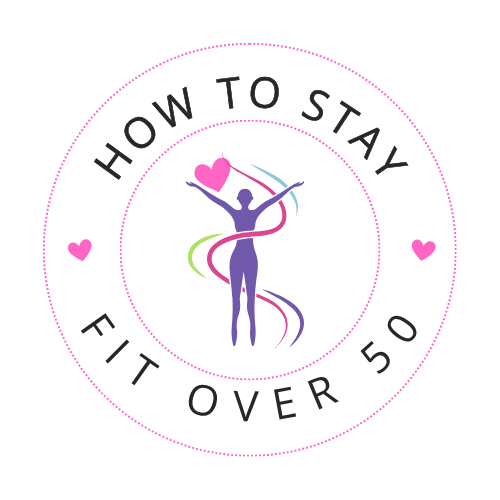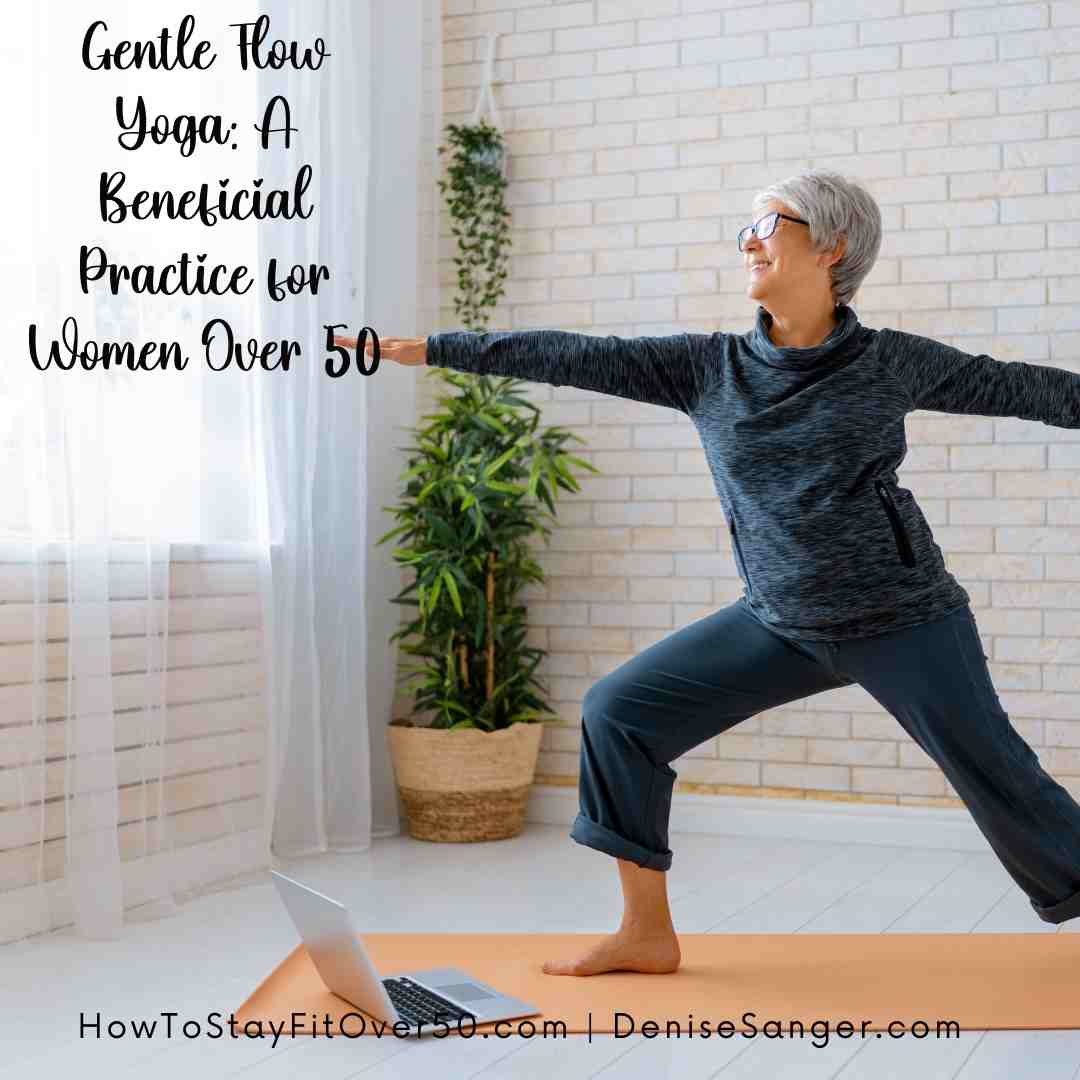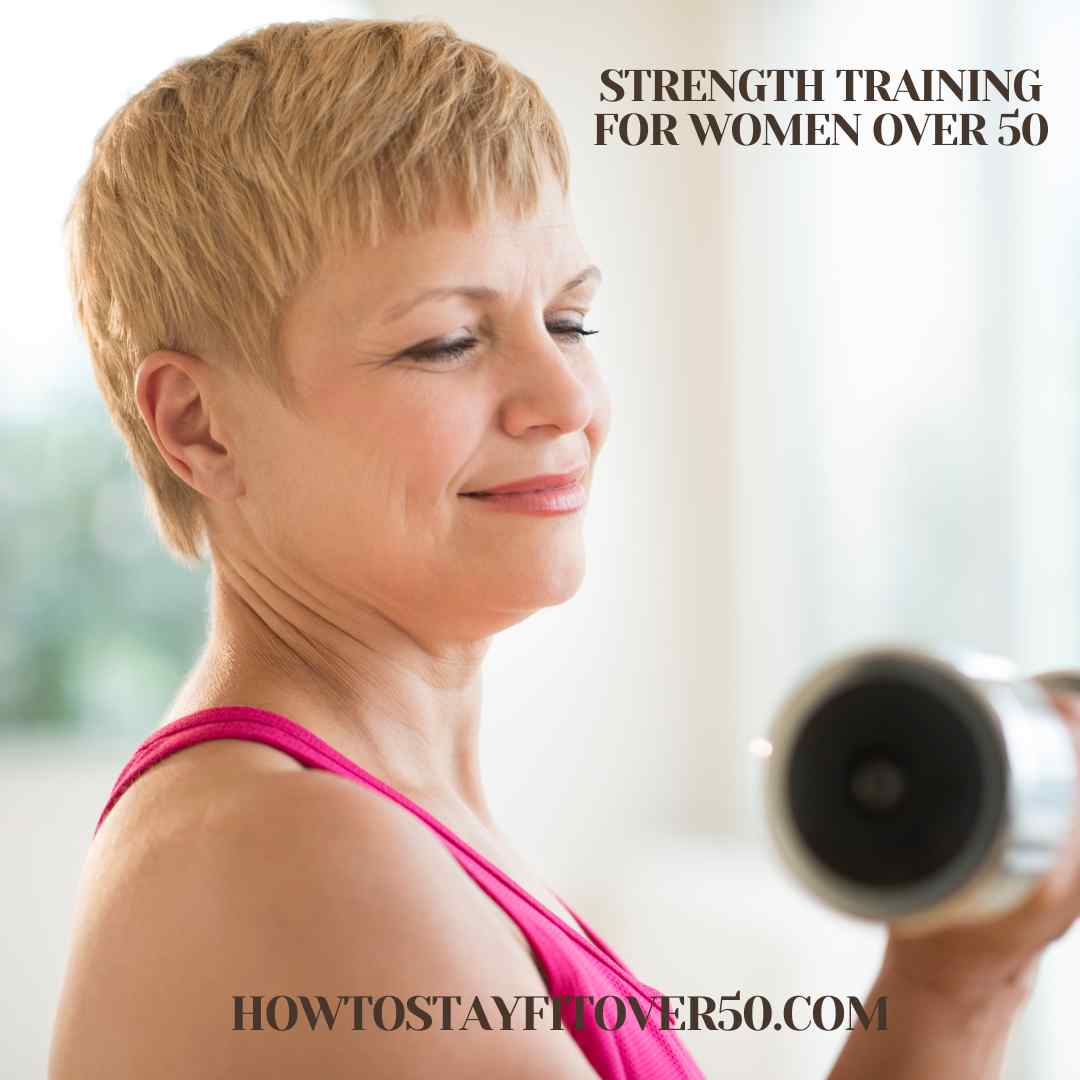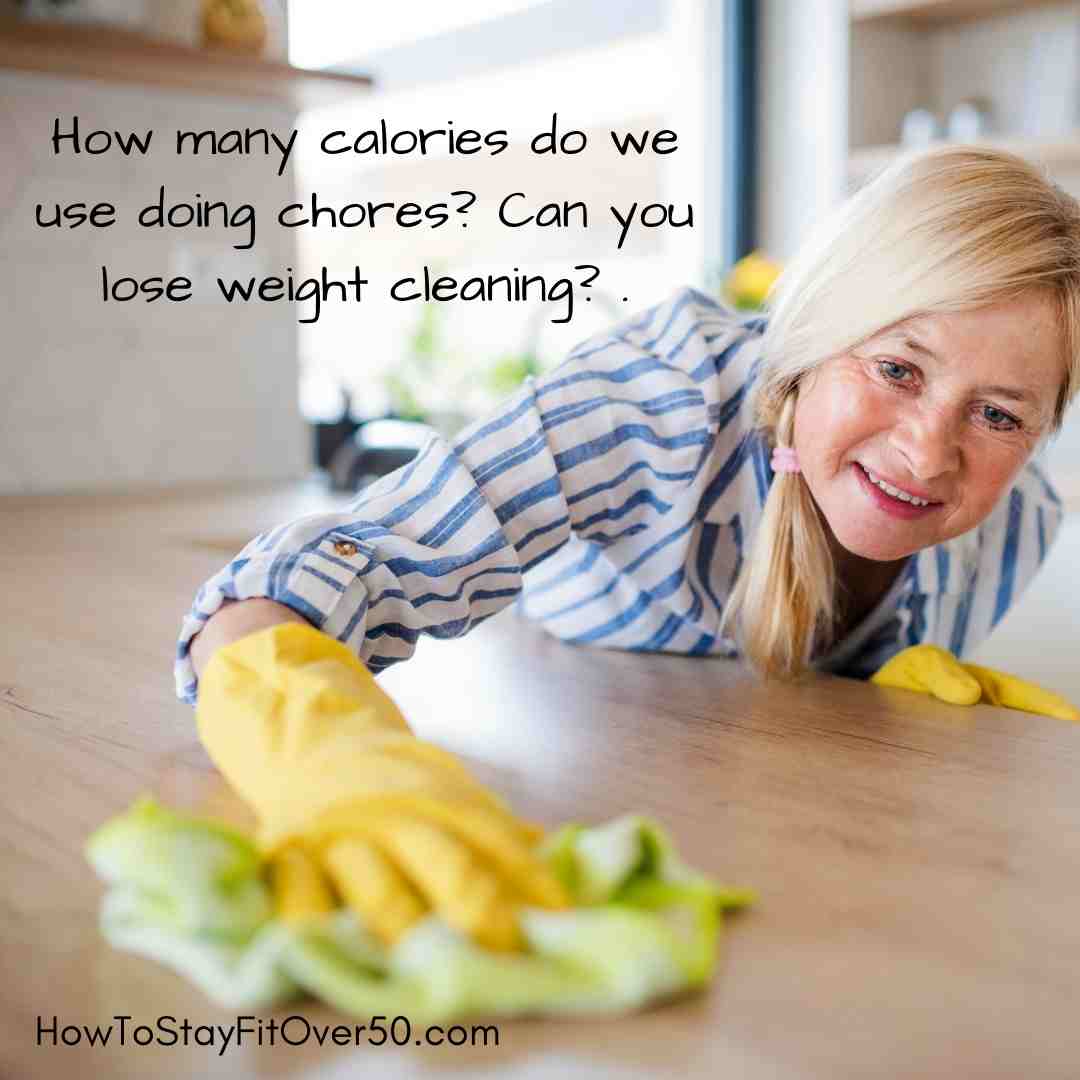We may earn money or products from the companies mentioned in this post.
Yoga for women over 50? Is it safe? Absolutely!
Yoga is an ancient practice that has been gaining popularity in recent years. It is a form of exercise that focuses on breathing, meditation, and physical postures to improve overall health and well-being.
For women over 50, yoga can be an excellent way to stay active and maintain flexibility. Exactly what led me to become a yoga teacher.
Yoga has been shown to have many benefits for women over 50. It can help to reduce stress, improve balance and coordination, increase flexibility, and strengthen bones and muscles.
Additionally, yoga can provide a sense of community and support, which can be especially important for older women who may be experiencing feelings of isolation or loneliness.
While some women may be hesitant to try yoga for the first time, there are many classes and resources available that are specifically designed for older adults.
These classes typically focus on gentle movements and modifications to accommodate for any physical limitations.
With the right guidance and support, yoga can be a safe and enjoyable way for women over 50 to maintain their health and well-being.
The Benefits of Yoga for Women Over 50
Physical Benefits
Yoga offers numerous physical benefits for women over 50. One of the most significant advantages is improved flexibility.
As women age, their joints and muscles become less flexible, leading to stiffness and discomfort. However, practicing yoga regularly can help improve flexibility, reduce stiffness, and increase range of motion.
Yoga can also help women over 50 build strength. Many yoga poses require holding the body in challenging positions, which can help strengthen the muscles.
Additionally, weight-bearing poses, such as downward dog and plank, can help improve bone density, reducing the risk of osteoporosis.
Another physical benefit of yoga is improved balance. As women age, their balance can become compromised, increasing the risk of falls and injuries. However, practicing yoga regularly can help improve balance and stability, reducing the risk of falls.
Mental and Emotional Benefits
In addition to the physical benefits, yoga can also provide numerous mental and emotional benefits for women over 50.
One of the most significant advantages is stress reduction. Yoga emphasizes deep breathing and relaxation, which can help reduce stress and anxiety.
Yoga can also help improve mood and promote a sense of well-being. The practice encourages mindfulness and self-awareness, helping women over 50 become more in tune with their bodies and emotions.
Additionally, yoga can promote feelings of calmness and relaxation, which can help improve overall mood and reduce symptoms of depression.
Finally, yoga can help improve cognitive function. The practice requires concentration and focus, which can help improve memory and cognitive performance.
Additionally, yoga has been shown to improve sleep quality, which can help improve overall cognitive function.
Precautions and Safety Tips
Yoga can be an excellent way for women over 50 to stay active and healthy, but it’s important to take some precautions to ensure a safe practice. Here are some tips to keep in mind:
- Consult with your doctor before starting a new exercise program, especially if you have any health concerns.
- Choose a yoga class that is appropriate for your level of fitness and experience. Look for classes that are specifically designed for seniors or beginners.
- Avoid poses that put too much strain on your joints, such as deep twists or extreme backbends.
- Listen to your body and don’t push yourself too hard. If a pose feels uncomfortable or painful, back off or modify the pose.
- Use props like blocks, straps, or blankets to help support your body and make poses more accessible.
- Stay hydrated by drinking plenty of water before, during, and after your practice.
- Wear comfortable, breathable clothing that allows for a full range of motion.
- Practice on a non-slip surface and use a yoga mat to cushion your joints.
By following these precautions and safety tips, women over 50 can enjoy the many benefits of a regular yoga practice without putting themselves at risk of injury.
Remember to always listen to your body and practice within your limits.
Types of Yoga Recommended for Women Over 50
Yoga is a great way to stay active and healthy as you age. However, not all types of yoga are suitable for women over 50.
Here are some types of yoga that are recommended for women over 50 and what I teach in my classes:
Restorative Yoga
Restorative yoga is a gentle form of yoga that focuses on relaxation and rejuvenation. It involves holding poses for longer periods of time with the help of props such as blankets, bolsters, and blocks.
Restorative yoga is great for women over 50 who may have joint pain or stiffness, as it helps to increase flexibility and reduce stress.
Gentle Yoga
Gentle yoga is a slow-paced form of yoga that is perfect for beginners and those with physical limitations. It involves simple poses and movements that are easy on the joints and muscles.
Gentle yoga is great for women over 50 who may be experiencing joint pain, arthritis, or other age-related issues.
Chair Yoga
Chair yoga is a modified form of yoga that can be done while seated in a chair. It is great for women over 50 who may have difficulty getting up and down from the floor.
Chair yoga can help to improve flexibility, strength, and balance, and is also a great way to reduce stress and anxiety.
Overall, these types of yoga are great for women over 50 who want to stay active and healthy. By practicing yoga regularly, women over 50 can improve their flexibility, strength, balance, and overall well-being.
Tips for Starting a Yoga Practice
Finding the Right Yoga Class and Instructor
For women over 50, it’s important to find a yoga class and instructor that understands your needs and limitations.
Look for classes that are specifically designed for seniors or beginners. This will ensure that you are practicing yoga in a safe and supportive environment.
When searching for an instructor, make sure they have experience teaching older adults and are knowledgeable about modifications for injuries or physical limitations.
Don’t be afraid to ask questions and express any concerns you may have.
Starting Slow and Gradually Building Up
Starting a yoga practice can be intimidating, but it’s important to remember to take it slow and gradually build up your practice.
Begin with simple poses and focus on your breath and alignment. Don’t push yourself too hard or try to keep up with more advanced students.
As you become more comfortable with your practice, you can start to incorporate more challenging poses and increase the length and intensity of your practice.
Listen to your body and don’t be afraid to take breaks or modify poses as needed.
Modifying Poses to Suit Your Body
One of the great things about yoga is that it can be modified to suit any body type or physical limitation. This is exactly why I teach it.
If you have any injuries or physical limitations, make sure to inform your instructor before class. They can suggest modifications or alternative poses to ensure that you are practicing safely.
Remember, yoga is not about perfection or competition. It’s about connecting with your body, mind, and breath.
Don’t worry if you can’t do a certain pose or if you need to modify it. Everyone’s body is different, and it’s important to listen to your own body and do what feels right for you.
Yoga is an excellent way for women over 50 to maintain their physical and mental health. It can help improve flexibility, balance, and strength, while also reducing stress and anxiety.
Additionally, practicing yoga regularly can help women over 50 maintain a healthy weight and reduce their risk of developing chronic diseases.
It’s important to note that while yoga can be a great addition to a healthy lifestyle, it should not be used as a replacement for medical treatment.
Women over 50 should always consult with their healthcare provider before beginning any new exercise program.
Overall, yoga is a safe and effective way for women over 50 to improve their physical and mental health.
With regular practice, women can experience a range of benefits that can help them stay healthy and active as they age.








